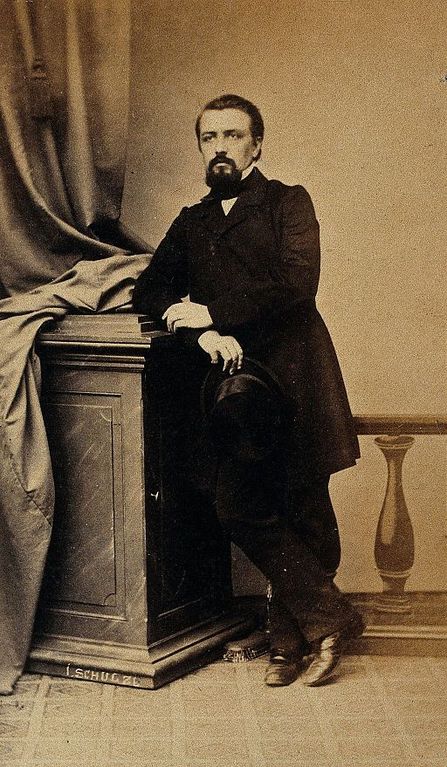Friedreich’s ataxia is a hereditary spinocerebellar degenerative disorder named after German neurologist, Professor Nicholaus Friedreich. Mnemonic: FRIEDREICH’S Ataxia 1. Foot deformity (progressive cavo-varus), Frataxin expression reduced 2. Recessive (autosomal), Repeat of trinucleotide GAA (chromosome 9) 3. Iron accumulation in mitochondria 4. Extensor plantar response 5. Dysarthria (within 5 years of…
Category: PGMEE, MRCS, USMLE, MBBS, MD/MS
Medical knowledge in bullet points with understandable language, simplified images and graspable mnemonics.
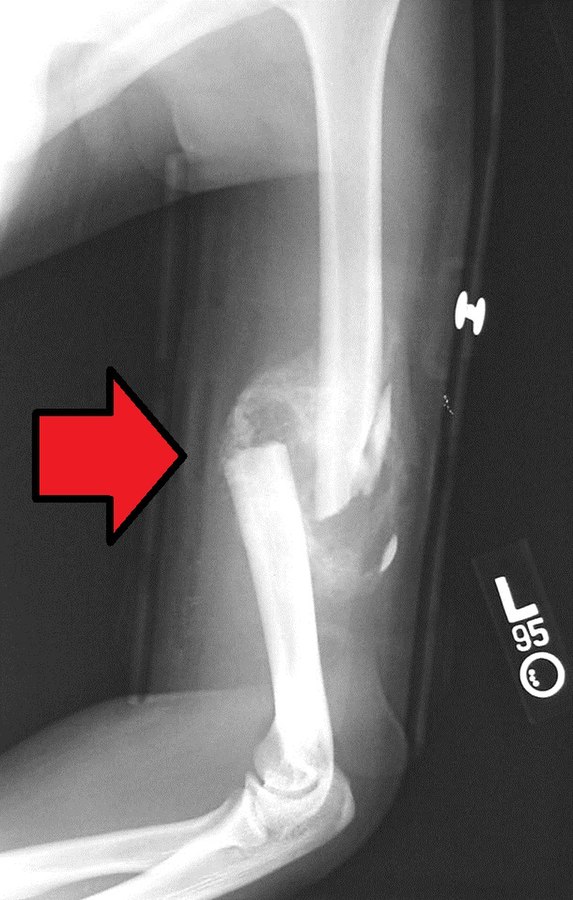
Perkin’s Timetable for Fracture Healing
One needs to understand the difference between bone union and consolidation first Union Consolidation Definition Partial/Incomplete repair Full/Complete repair Callus Calcified Ossified Attempted angulation Painful Painless Fracture line in X-ray Still visible Obliterated and crossed by bony trabeculae Full weight bearing Cannot be undertaken Can be undertaken Reference: Physiotherapy in…

AO fracture classification made easy
It is an alpha-numeric system of classification developed by Muller and colleagues. Step 1: 1st digit specifies bone Step 2: 2nd digit specifies segment of bone Square definition: Proximal and distal segments are defined by a square whose sides = length of widest part of epiphysis Exceptions of square definition:…
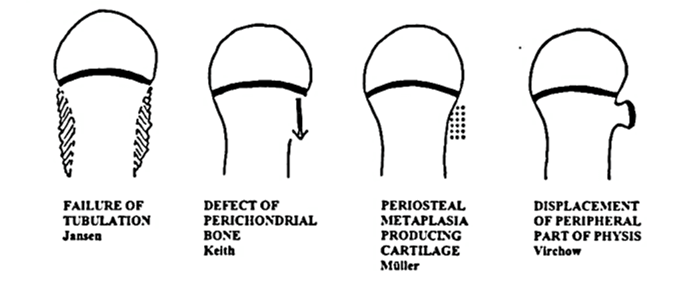
Osteochondroma : Mnemonics
Features of Osteochondroma Mnemonic: Six “C” Commonest benign bone tumor Continue to grow until Closure of physis Cartilage cap (appears larger clinically than in X-ray) Continuous with native bone (cortex and medullary canal) Cane (pedunculated/stalked points away from joint and sessile/broad based have higher risk of malignant degeneration) Change (mutation)…
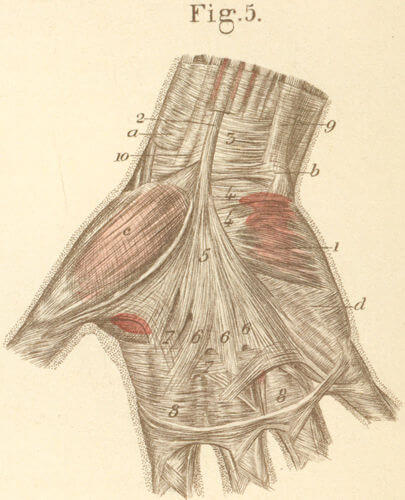
Palmar Aponeurosis or Fascia
5 components a. Central aponeurosis It is triangular in shape with apex originating at the level of flexor retinaculum as a continuation of palmaris longus and thins and fans out distally. It has 3 dimensional fiber orientation: longitudinal, transverse and vertical 1. Longitudinal: Gives 4 pre-tendinous band (PTB) in the…
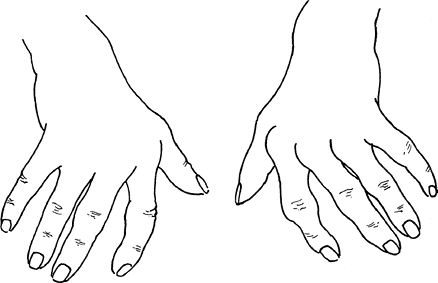
Rheumatoid hand
Ulnar drift or deviation of fingers Normal anatomical factors contributing to ulnar drift of fingers at MCP joint: Normal mechanical advantage of ulnar intrinsic muscles Asymmetry and ulnar slope of metacarpal heads of index and middle fingers Greater ulnar deviation permitted by radial collateral ligament when MCP joint is flexed…
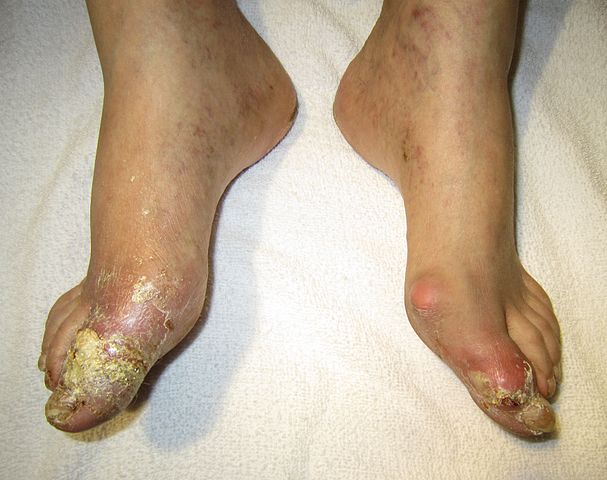
Gout : Mnemonics
Urate Lowering Therapy (ULT) Mnemonic: 1, 2, 3, 4, 5, 6 Start Urate Lowering Therapy if: ≥1 subcutaneous tophi ≥2 flares per year ≥3 stage CKD with Serum uric acid (SUA) ≥ 9 mg/dl Other indications: Urate renal stone, Evidence of joint destruction in X-ray 4. ≥4 weeks to be…
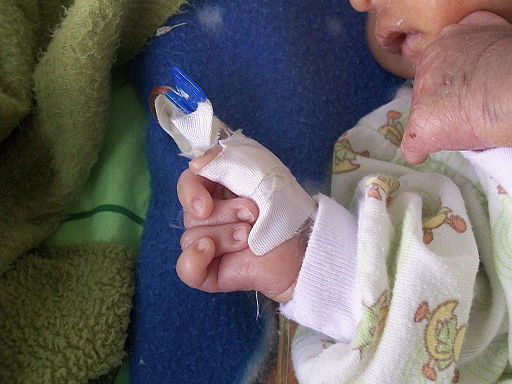
Edward Syndrome : Mnemonic
Mnemonic: EDWARDS 1. Eighteen trisomy, Elongated skull 2. Digit overlapping with clenched fist 3. Webbing of 2nd and 3rd toes 4. Absent radii, Arthrogryposis 5. Rocker-bottom feet 6. Dysplastic ears, Disability (intellectual), Diseased heart (VSD) 7. Small lower jaw
